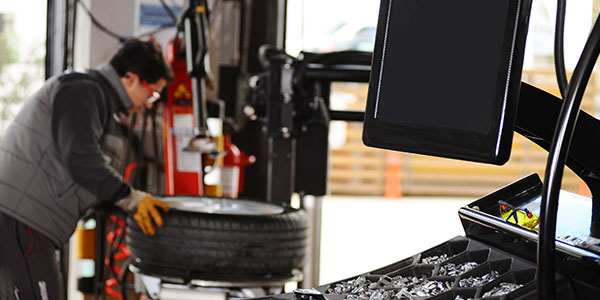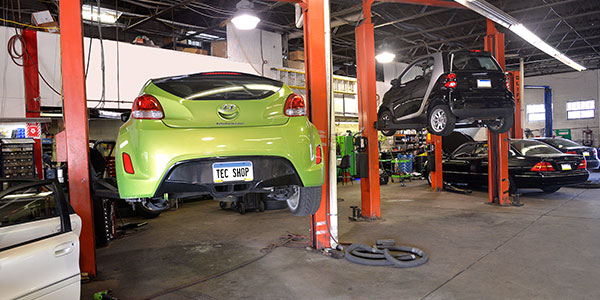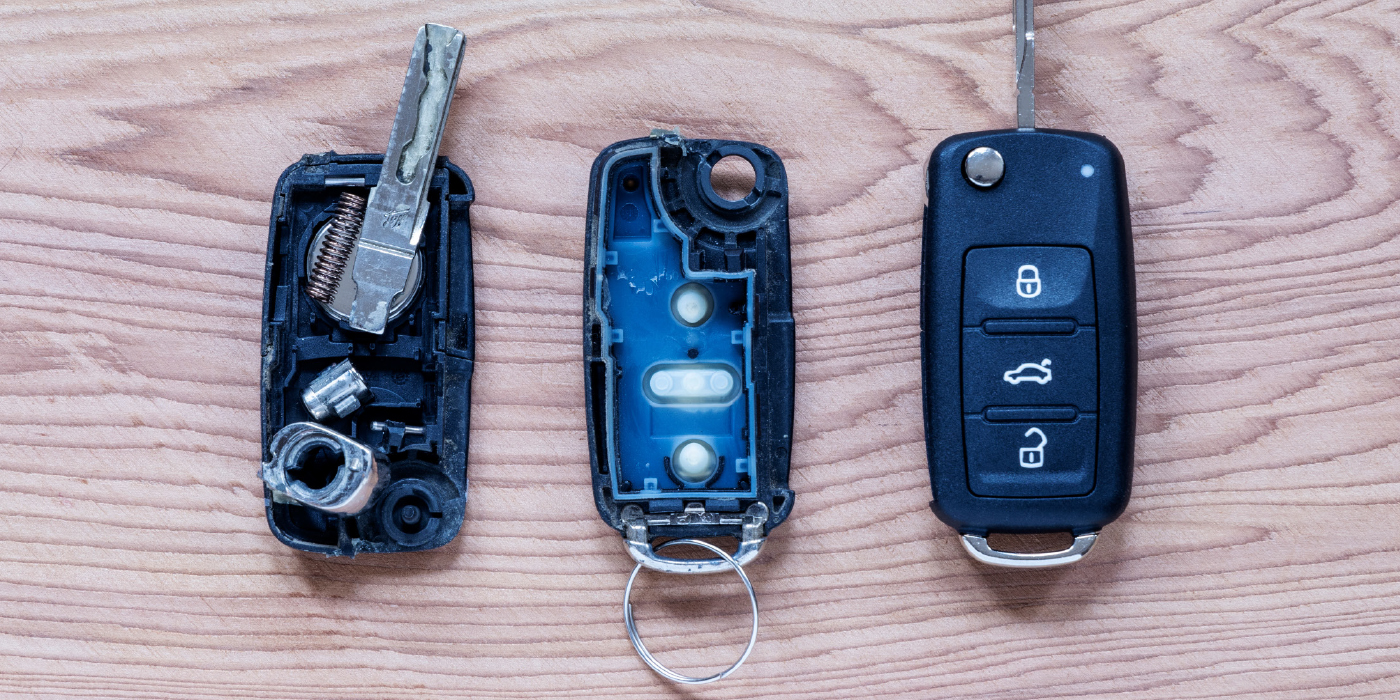Courtesy of ShopOwner, by Duane Watson
It’s hard to believe that it was once common for technicians and barbers to have similar relationships with their customers and clients. Like a barber, technicians would see customers frequently throughout the year, each time having a better understanding of their customers’ needs, habits and the level of care they would put into their vehicle (or hair, in the barber’s case).
Customers were less likely to think their regular technician was trying to “nickel and dime” them with unnecessary repairs because they had built a trusting relationship by providing expert advice for all sorts of repairs and maintenance. Now, it seems people’s relationships are closer to the ones they have with a computer or phone repair specialist.
While the days of comfortable and trusting relationships between technician and customer aren’t over, they seem to be much more of an anomaly. Advances in engine technology and automotive assembly practices have made modern vehicles more reliable and they last longer on the road, many for hundreds of thousands of miles. Additionally, regular maintenance practices – like oil changes – are becoming less frequent as modern engines and engine oils can last upward of 5,000, and sometimes even 6,000 miles. The increase in the reliability of vehicles means people aren’t going to their local auto shop like they used to, leaving less time to build trusting relationships.
With the demise of having a “regular technician” came the rise in distrust in auto repair shops for many would-be customers. In fact, nearly 40% of drivers don’t trust their technicians, and as much as 66% of drivers believe they’ve been ripped off by a repair shop at some point in their lives. This lack of trust can create highly skeptical customers who may question a technician’s professional advice or even procrastinate when it comes to necessary maintenance until the last minute.
What can technicians do to build trust with their customers?
Implementing visual learning and education techniques when describing an issue can be one possible solution to the lack of trust. Many customers aren’t aware of auto shop/industry jargon, causing them to become confused or even feel like they are being intentionally bombarded with lingo to pressure them into going through with a repair. Getting around this perception is difficult, but showing the customer the problem and visually demonstrating the potential issue can be effective at achieving a level of understanding and opening the door for trust.
Take air filters, for instance. Regularly changing a cabin air filter has many benefits, including keeping pollution, debris, and allergens from entering the vehicle. However, filters will lose their effectiveness over time after getting clogged, causing foul odors and potentially compromising the HVAC system. Despite the necessity of changing an air filter, it is rarely the sole reason a customer walks through the door. Air filters are usually reviewed during a routine oil change or tire rotation. If the technician sees a potential issue, they’ll alert the customer and recommend including an air filter replacement with their original reason for being at the shop.
This is the perfect example why someone might feel they’re being “nickeled and dimed” at the shop. Imagine walking into a computer repair shop to replace a depleted battery and they tell you to also think about replacing the cooling fan for an additional $30. You’d understandably be skeptical of the advice and would possibly consider looking for another computer repair shop the next time you experience issues.
However, technicians can get around this frustration by removing the air filter from the vehicle to show the customer and walking them through the manufacturer’s recommendation for replacement. Combining the visual of the grimy, mucked up filter and expressing the benefits of replacing said filter removes educational barriers and can have a charming effect on the customer. Additionally, providing relevant information about the benefits of replacing an air filter and the complications caused by delaying a replacement will put the customer more at ease instead of just telling customers they need to replace it after a certain number of years/miles.
Once the conversation evolves into a mutual understanding rather than a sales opportunity, customers will begin to recognize that technicians aren’t just trying to dip into their pockets.
That’s what it’s all about after all. Obviously, one of the biggest goals in operating an auto repair shop is turning a profit, but making sure the customer understands an issue at hand will lead to greater trust. Greater trust means more customers will be open to coming back, since they know they aren’t going to be scammed. And, the relationship between a customer and their technician becomes a little more personal – closer to that of a barber.














